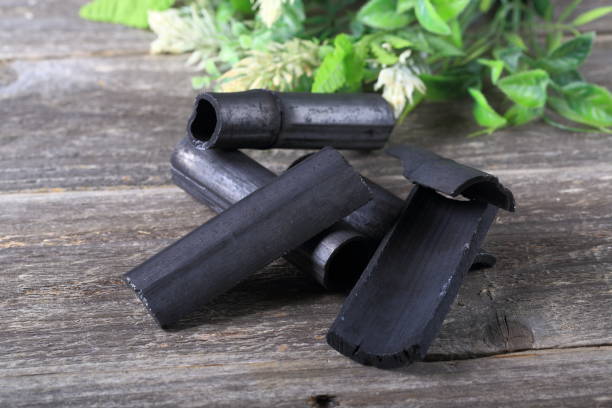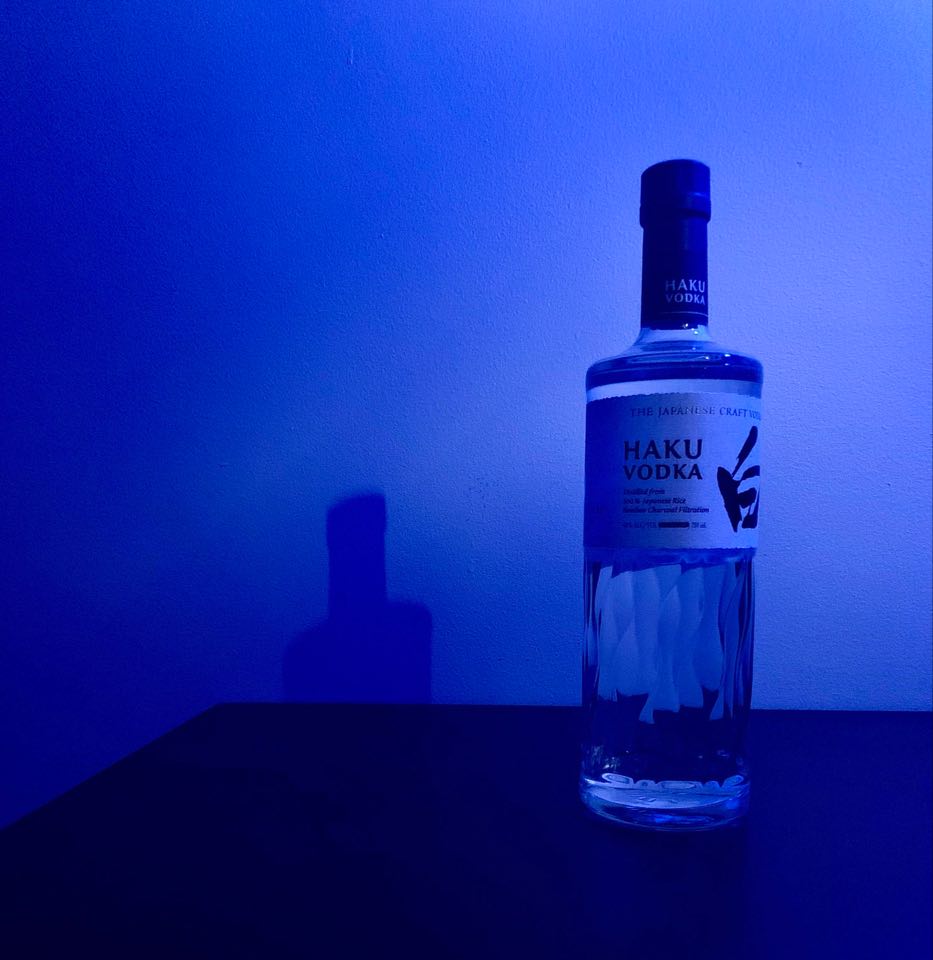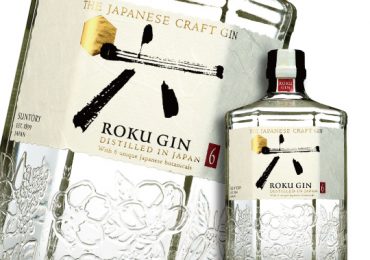Haku Vodka
White Japanese rice, we have all seen it in its solid state, lying under a delicious piece of bluefin tuna, accompanied by a dab of ground wasabi root and presented to us by a master sushi chef. However, have any of you seen this little rice wonder in its liquid state? Worry not dear friends as this article will hold your hand and walk you through the sublime marvel of white Japanese rice vodka from the legendary Suntory Distillery. A little word of advice before we embark on this journey, pour yourself a drink and light up a nice smooth cigar!
Welcome back to the land of the rising spirits, Japan never seizes to surprise me. The country is always looking forward towards innovation and new creations whilst being humble when succeeding. This time, the giant that is Suntory, presents us with its new creation named Haku¸ a vodka that is not made of potatoes, surprisingly, but rather from a local Japanese produce, Hakumai rice. The rice is looked upon by the Japanese as a luxury where, mostly in the past, it was only found in the households of the imperial family and the wealthiest. Hakumai rice is a type of rice that is purely white, the name itself indicates it, Haku means white and Mai is directly translated to rice. One can only picture the process of handpicking the rice from the field, transporting it to the milling factory and turning it into the whitest rice with such passion and tenderness. Twice distilled, the white rice is first fermented with koji rice resulting in a mash that is then placed in a pot and column still. After the first distillation, that same mash is then distilled in the same pot and column, but it experiences two different distillation processes. After all is said and done, the resultant material goes through the process of blending, where the spirit is then filtered through, get this, charcoaled bamboo. Amazing isn’t it? Nevertheless, the bottle itself is also very representative of the art behind Suntory, where its siblings wear vertical stripes representing seasons, ingredients and more, the flowing lines on the Haku bottle represent the harmonic flow of streams through all four of the seasons. The end result is an elixir that is as smooth as you could picture vodka to be, but in a rice format of course.
When opening the bottle, your nose identifies that classic vodka smell, but it doesn’t make you back your head and make that “oof” face, it rather seduces you and attracts you into bringing your nose closer to the bottle’s mouth. Your nose will identify that soothing rice smell hidden behind the alcohol, allowing it to peek one’s interest and tickling your taste buds into the desire of having a sip right away. Grab a rocks glass, throw in a small ice cube, pour the imported liquid, and gaze upon the sun rays refracting on the medium in the middle of a nice and sunny day. The first sip introduces the rice flavor of the Haku vodka to the palette, it isn’t overpowering, but is quite buttery and smooth. The subtle rice flavor is reminiscent of the rice found in a serving of a blue fined tuna sushi. After that buttery and comfortable second, comes the classic vodka alcohol scent and flavor to which the filtration through charcoaled bamboo can also be tasted. I would also recommend making a Haku high ball by filling a tall glass with ice, pour two ounces of the vodka, top the serving with sparkling water of your choice and finally garnish the drink with a lemon zest, a refreshing cocktail to have under the sunlight. To make a martini, I would only suggest easing on the level of dirtiness as you wouldn’t want to drown the vodka with the olive juice.







